Sieunjae / 시은재
9.3Km 2025-08-13
439, Samil-daero, Jongno-gu, Seoul
+82-10-5355-3029
Located in Gyeongun-dong, Jongno-gu at the very heart of Seoul, Sieunjae is a hanok with a longstanding tradition. It has three guestrooms including the anbang (main room), byeolchae (detached building), and jakeunbang (small room). The anbang is the only room with a living room, where various items of old furniture, including a comfortable sofa, create an antique atmosphere. The communal bathroom and toilets are supplied with toiletries, while the communal kitchen is equipped with cooking equipment and a washing machine.
The house can be rented either as individual accommodations or in its entirety. As it is situated in Jongno-gu, at the very heart of Seoul, guests can easily reach many nearby major tourist attractions. Car users are advised to use the public parking lot as the house has no parking spaces. Entering by a small gate, the little flowerbed comes into sight. This old hanok shows traces of repair works on the tiled roof.
Arteaspoon (아티스푼)
9.4Km 2025-09-04
Sinheung-ro 36-gil 7, Yongsan-gu, Seúl
The Place Seoul (traditional Korean-style guesthouse) (복합한옥공간 곳)
9.4Km 2025-06-02
52-11, Gyedong-gil, Jongno-gu, Seoul
The Place Seoul in Gye-dong, Jongno-gu, Seoul, is a meeting place of traditional and modern Korea. It has a yard with a beautiful 80 year-old dogwood tree, and a small garden in which guests can enjoy the passage of the seasons. The Place Seoul is an environment-friendly place which uses eco-friendly consumables such as toilet paper and shampoo. Breakfast is simple and healthy. There are many good cafes in nearby Bukchon, and local tourist attractions include the National Palace Museum of Korea and the National Museum of Modern and Contemporary Art.
Catedral Católica de Myeong-dong en Seúl (서울 명동성당)
9.4Km 2023-02-22
Myeongdong-gil 74, Jung-gu, Seúl.
La Catedral Católica de Myeong-dong es el corazón de las iglesias católicas de Corea y el símbolo tradicional de la zona de Myeong-dong. Las razones por la que muchísima gente visita este lugar, sin importar la fe que profese, es por la magnífica edificación arquitectónica y su interior, y, por supuesto, por la ubicación central, ya que se encuentra en la zona comercial más famosa de la ciudad de Seúl.
El diseño interior al estilo gótico es muy atractivo. La construcción comenzó en el año 1892 y se completó en mayo de 1898. La empinada torre, cuya altura es de 45 metros, sobresale por encima de los demás edificios de sus inmediaciones. Todos los edificios pertenecientes a la basílica fueron hechos de ladrillo, pero varían en la forma y color. Si pasa frente a la figura de Cristo que se yergue en el frente de la catedral e ingresa a ella, verá las magníficas columnas internas, las ventanas en vitró y el lujoso altar. Si gira sobre sus pies y mira hacia atrás, observará el lugar del coro y el órgano de tubos en el piso 2. Seguramente, sentirá a flor de piel el ambiente serio del catolicismo.
En el subsuelo hay una pequeña capilla y los mausoleos de los mártires. En la Víspera de Navidad, se realiza una misa solemne de medianoche en esta Catedral de Myeong-dong.
Parque Tapgol (탑골공원)
9.4Km 2021-12-30
Jong-ro 99, Jongno-gu, Seúl
+82-2-731-0534
También conocido como Parque Pagoda, el Parque Tapgol, localizado al lado del templo Weongaksa de la era Joseon, es el primer parque moderno construido en Seúl. El remplo Weongaksa era conocido como templo Heungboksa durante la dinastía Goryeo, pero fue renombrado cuando fue ampliado durante los inicios de la era Joseon. Sin embargo, fue destruido durante el reinado de Yeonsangun y Jungjong debido a la fuerte política de represión hacia el budismo. Más adelante, un parque occidental fue contruido a propuesta del inglés John Mcleavy Brown, pero no hay información precisa sobre la razón y la fecha. El parque contiene varios tesoros nacionales, incluidas la placa que conmemora el movimiento independentista Wongaksaji y la estatua de Byeong-hee. El parque es de gran valor histórico y un espíritu nacional al ser el punto de inicio de la Protesta de Independencia del 1° de mayo de 1919.
Centro Conmemorativo de la Guerra (전쟁기념관)
9.4Km 2025-06-20
Itaewon-ro 29, Yongsan-gu, Seúl.
El lugar donde se construyó el Centro Conmemorativo de la Guerra era el cuartel de la Infantería Nacional. Para la construcción de este centro se consultaron a diferentes expertos de variados campos y se realizaron exhaustivas investigaciones para completar las exposiciones. Este centro conmemorativo es el establecimiento más grande del mundo dedicado al tema de la guerra. Aquí puede visitar las 8 exposiciones: la de Hongukchumo, la de la historia de las guerras, la de la Guerra de Corea, la de la expedición de soldados al extranjero, la del desarrollo militar, la de los grandes aviones y la que se realiza al aire libre. La exposición Hogukchumo fue fundada en honor a los espíritus de los heridos durante la batalla.
También se exponen diferentes tipos de armas y grandes equipamentos militares dentro y fuera del edificio. En la exposición dentro del edificio se exponen armas y avíos utilizados durante la Guerra de Corea y los utilizados en los diferentes países durante la II Guerra Mundial y la Guerra de Vietnam para que puedan ser comparados. En la exposición del segundo piso, se pueden ver muchos tipos de materiales de defensa tanto reales como muestras. En la exposición de armas Bangsan puede encontrar armas y equipamento de guerra producidos en Corea. En la sala de almacenamiento del centro conmemorativo se preservan 17.800 columnas y artefactos de guerra. Se instalaron modernos dispositivos de preservación y control de daños para mantener estos materiales intactos. Además, puede visitar la exposición miniatura o el Pabellón de la Paz. Hay un sitio de conferencias donde se dan clases con temas de la guerra. Si hay algún libro que desee leer sobre guerras, puede dirigirse a la librería de este centro, donde también encontrará folletos y libros militares y suvenires. Los restaurantes de comida rápida y tiendas se encuentran fuera del edificio.
Centro de Arte de Goyang Oulim Nuri (고양어울림누리)
9.5Km 2021-03-15
Eoullim-ro 33, Deogyang-gu, Goyang-si, Gyeonggi-do.
+82-1577-7766
El Centro de Arte de Goyang
Oulim Nuri es un complejo cultural y artístico que reúne todas las
instalaciones de entretenimiento y deportivo en un solo lugar, escenarios de
espectáculo de todas las dimensiones con las últimas instalaciones
tecnológicas, centro para las actividades culturales, museo de arte, estadio
deportivo, gimnasio, pista de patinaje sobre hielo, piscina de natación, etc.,
entre otros lugares que llevan un nombre tradicional en coreano. En particular,
la ciudad de Goyang presenta una condición natural óptima, en donde de noche el
cielo se cubre de estrellas y el ambiente tiene un aire puro y limpio.
Calle de Puestos Callejeros de Jongno 3-ga (종로3가 포장마차 거리)
9.5Km 2025-05-27
Gwansu-dong, Jongno-gu, Seúl
Centro de Arte de Namsan (남산예술센터)
9.5Km 2021-12-27
Sopa-ro 138, Jung-gu, Seúl.
+82-2-758-2150
Situado en el barrio de Myeong-dong, Seúl, el Centro de Arte de Namsan es un centro complejo cultural que presenta actuaciones artísiticas innovadoras y creativas a todo el público, permitiéndole que participe también en actividades interactivas. Antes, este lugar era un viejo centro de rodaje de telenovelas, pero tras su remodelación, renació como el Centro de Artes de Namsan, en junio de 2009.
El Centro de Arte de Namsan está compuesto por 2 áreas que son el Centro de Telenovelas y el Centro de Educación Artística. El Centro de Telenovelas es un teatro y presenta obras interpretadas por artístas nacionales e internacionales que toman como el temas principales el futurismo y la innovación. El teatro cuenta con 480 asientos en total y es utilizado también para presentar diferentes obras de teatro moderno, ceremonias escolares, audiciones, etc. Y el Centro de Educación Artística es un lugar donde todos los ciudadanos puede aprender sobre diferentes tipos de arte y participar en distintas actividades interactivas.
Calles de los Hanok de Ikseon-dong (익선동 한옥거리)
9.5Km 2025-05-26
Ikseon-dong, Jongno-gu, Seúl
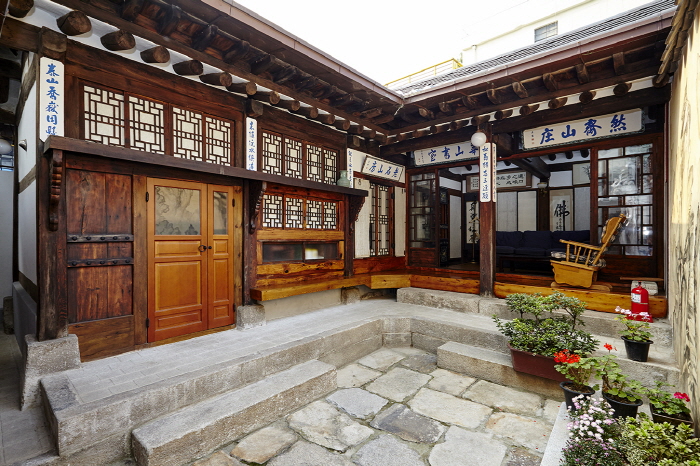
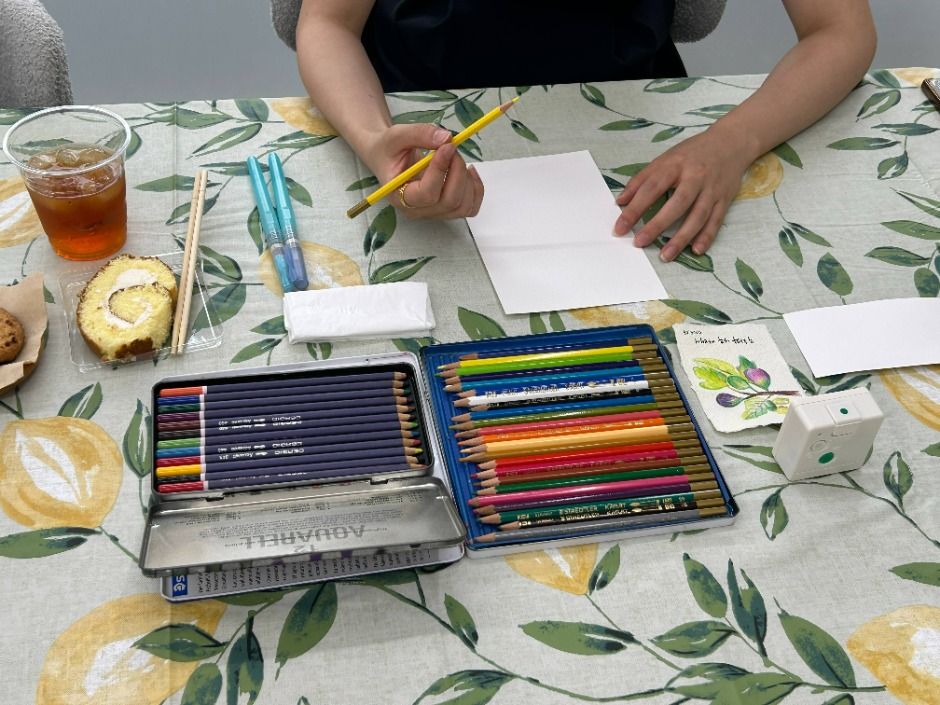
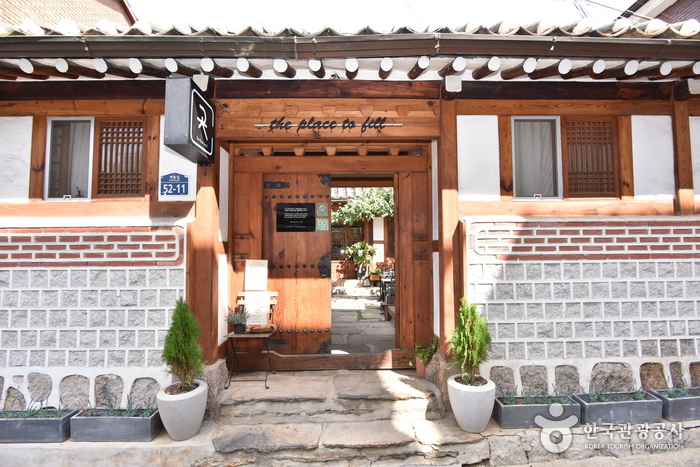
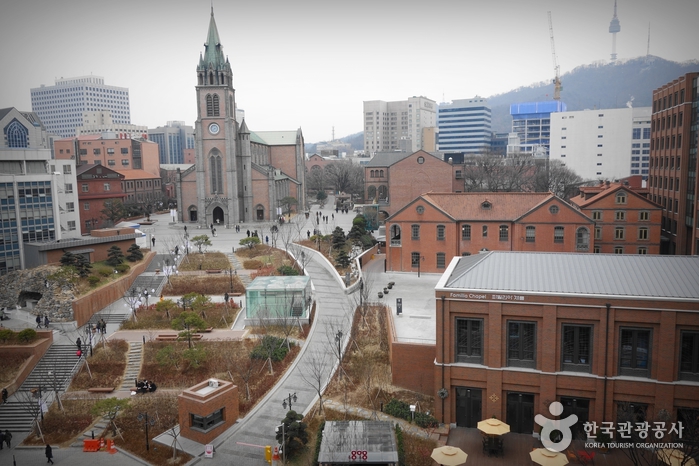
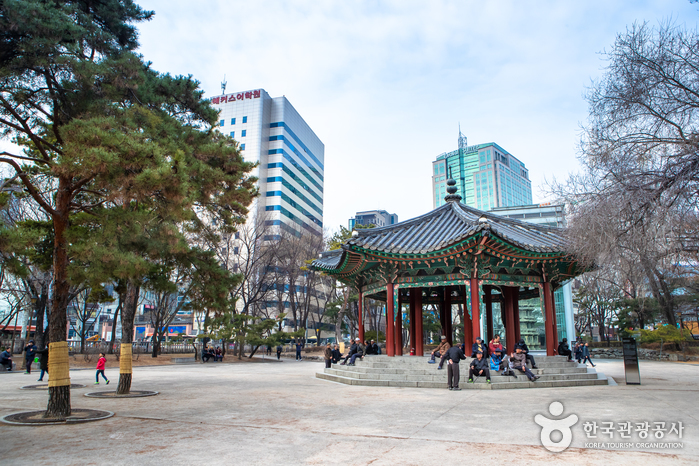
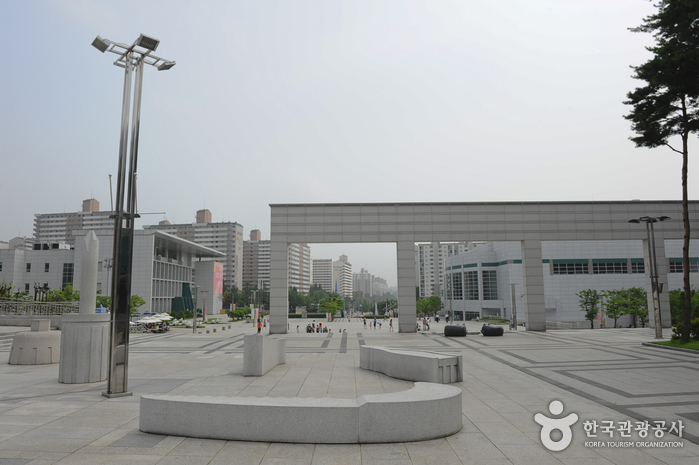
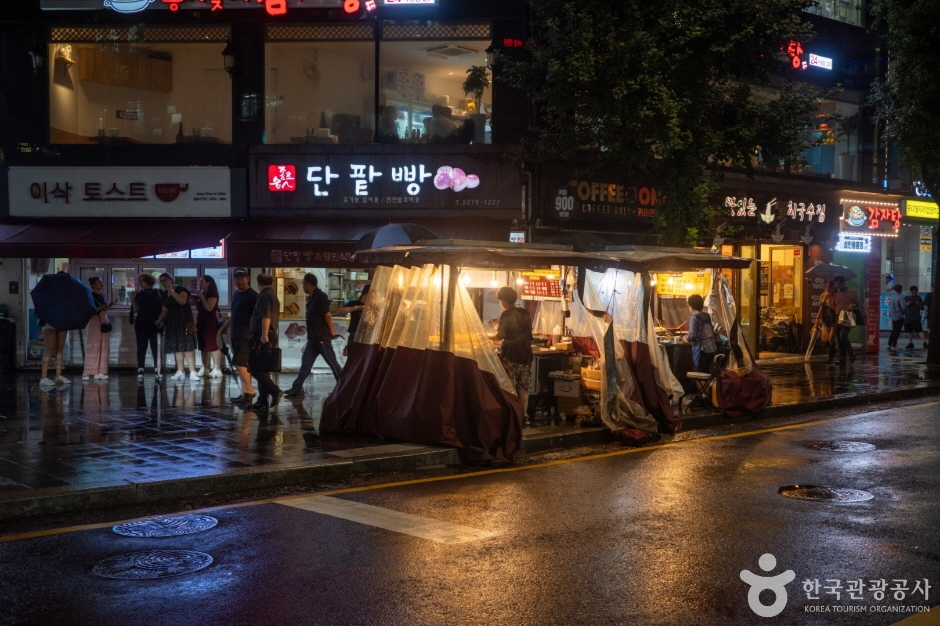
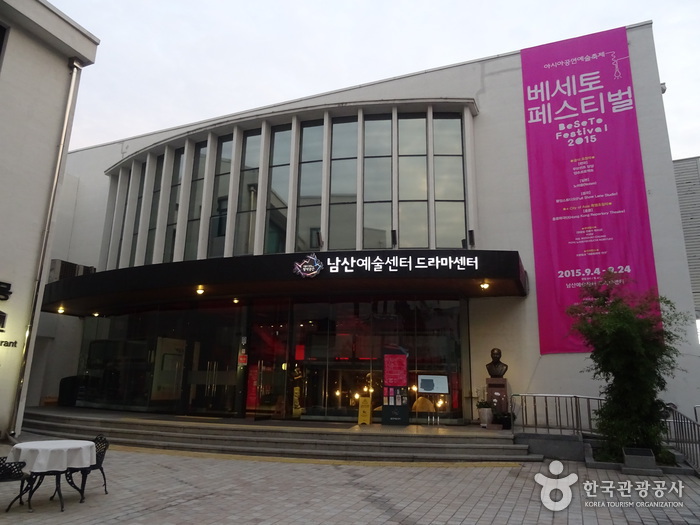
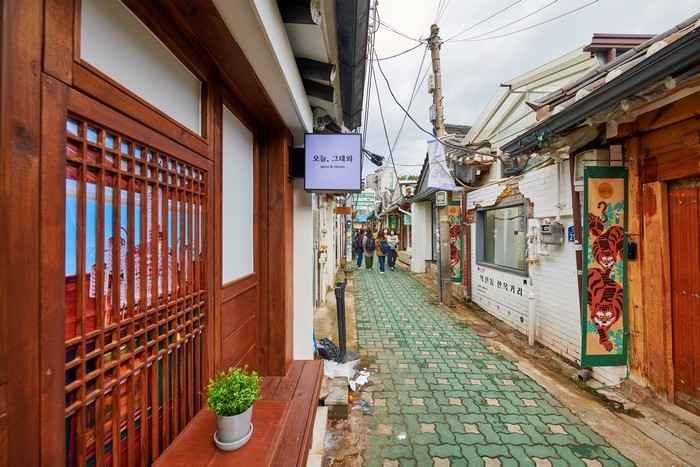
 Español
Español
 한국어
한국어 English
English 日本語
日本語 中文(简体)
中文(简体) Deutsch
Deutsch Français
Français Русский
Русский